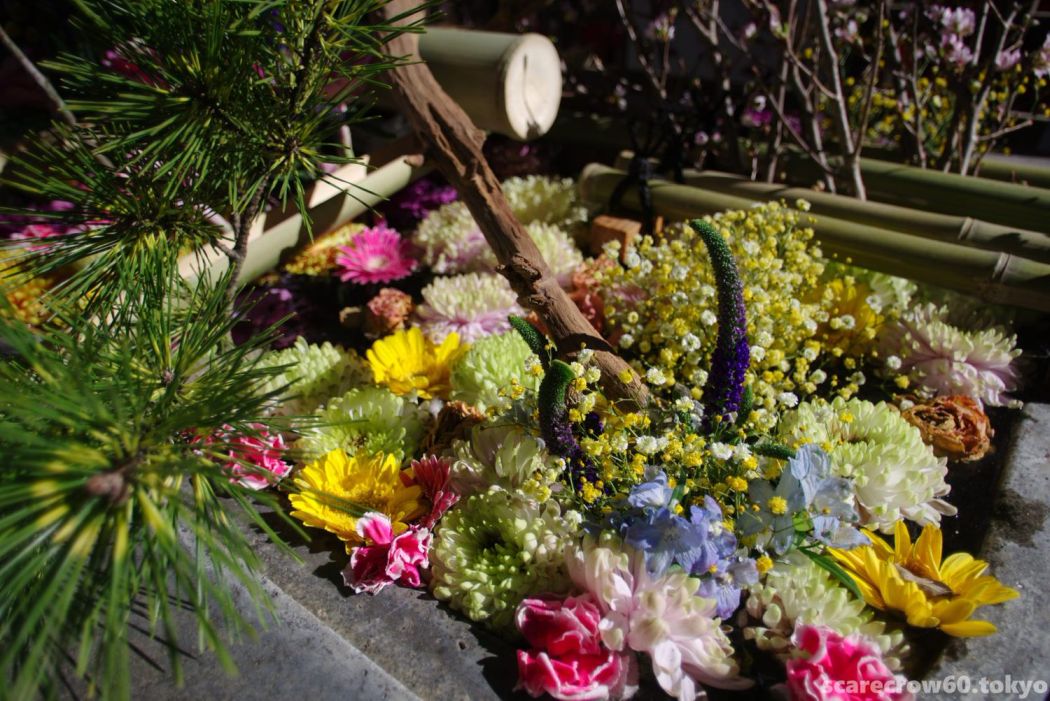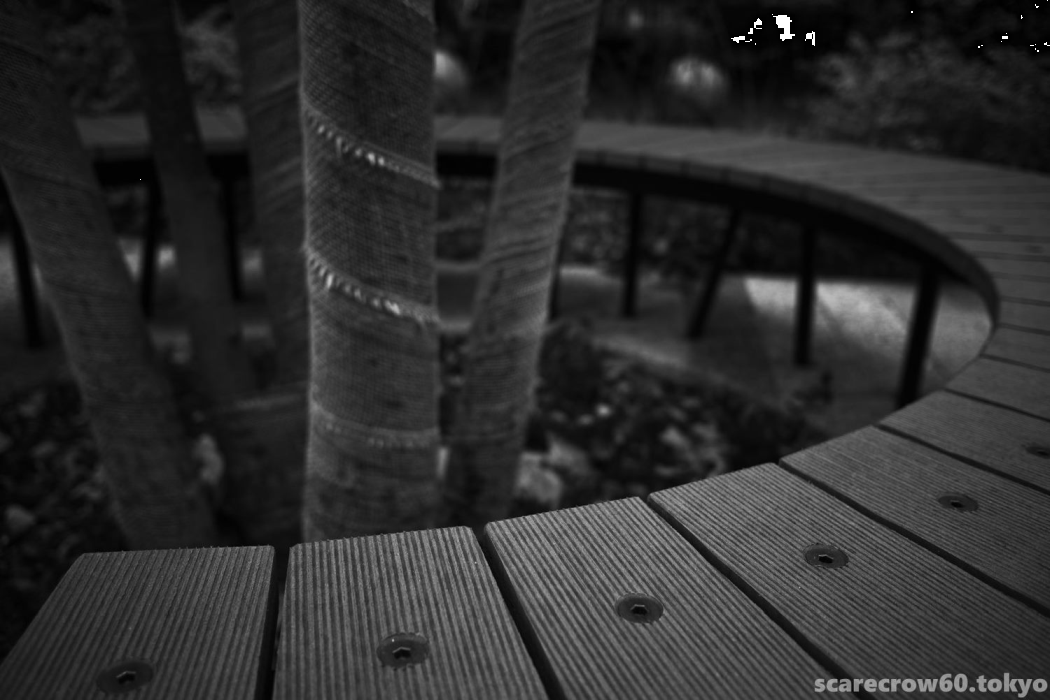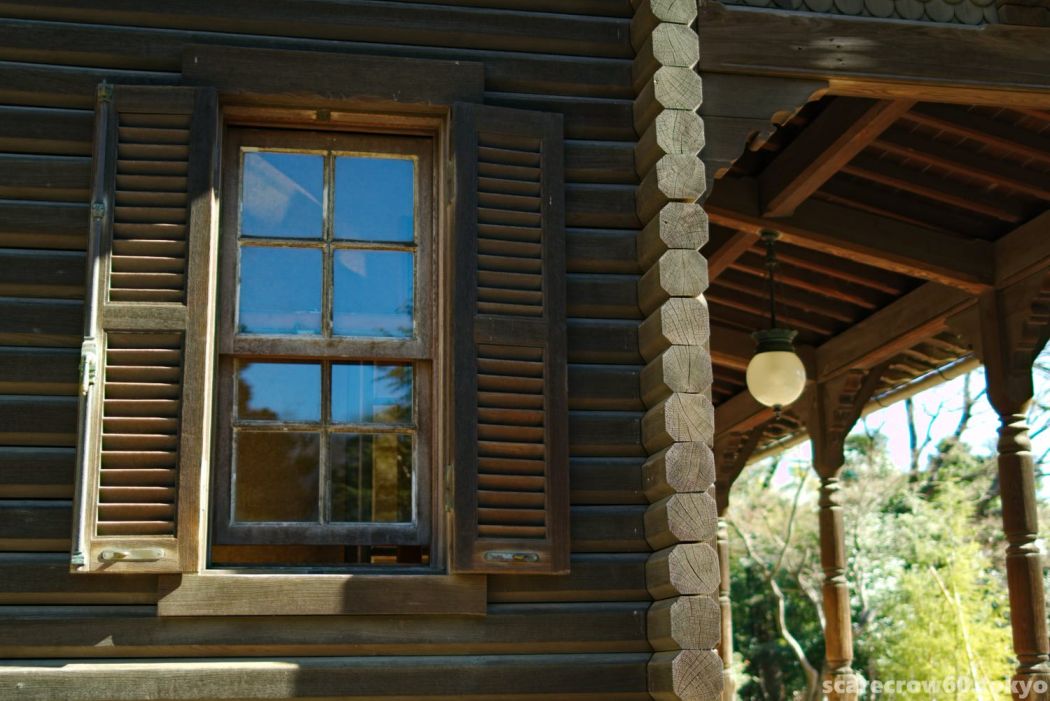So, with my PENTAX K-3III, HD DA15mm limited, smc FA31mm limited, SIGMA MACRO 50mm, and smc FA77mm limited, I went for a walk in Tokyo to promote and improve my skills in using single focal length lenses.
There is a street with a lot of Buddhist altar shops extending east from Ueno Station, isn’t there? The subway runs under that street, and not far from Inaricho Station on the Ginza Line, we came to Shitaya Shrine in Taito Ward, here.
In contrast to the magnificent vermilion Otorii gate, the Shitaya Shrine appeared to be of modest size.
However, the names of businesses and individuals on the brand-new donation-made Tamagaki fence, and the list of donors proudly displayed on the shrine grounds, make one realize that the shrine is firmly rooted in the local community.
The gate of the temple is covered with many Senja-fuda (a sign that says “thousand shrine cards”), and visitors come to the temple incessantly. It’s amazing. It is a “living” shrine.
The reason why I came to this area is because I heard from someone that the “Hana-Chozu(flower decorated hand wash place)” at Shitaya Shrine is so beautiful.
I see, here it is.
Have you ever heard of “Hana-Choze”?
Since the Corona disaster, people have become afraid to even touch the hand-watering tools, and even if that were not the case, the number of visitors to temples and shrines has decreased. In an effort to do something about it, an increasing number of temples and shrines are decorating their hand wash place with beautiful flowers.
Beautiful indeed. It’s worth stopping by just to see it.
Basically, the flowers used for Shinto and Buddhist rituals are used again for decoration, but the decrease in the number of visitors means that the demand for flowers has decreased dramatically, and florists are also in trouble. I heard in some cases that florists donate the flowers to temples before expiration.
Now, after leaving the Shrine, we will go around the front of Ueno Station to Shinobazunoike Pond.
Ueno Station has a lot of exits, but I think quite a few people don’t use this “main entrance”.
For example, the “Hirokoji Exit” right next to it and the “Shinobazu Exit” next to it are much busier.
Passing through the station, the view from the south end of Ueno Park to Hirokoji street. The sun was shining brightly, but the temperature was quite low and cold.
On the way to Shinobazunoike Pond, I stopped by Kiyomizu-dera Temple.
This is a Kannon-do hall with a stage structure modeled after the same name temple in Kyoto. The temple was built to protect the Tokugawa family, and to further fortify the protection for weakness of direction in traditional divination, many halls were built to resemble famous temples in Kyoto. This is one of the remnants of those temples.
I see, so I took this picture, guessing that the direction of Edo Castle (the Imperial Palace) is that way.
In the next issue, we will head from here to Shinobazunoike Pond and Yushima.
So far, I have used the 15mm, 31mm, and 50mm lenses that I brought with me. It is quite difficult to take pictures with a single focal length lens in the city where foot work is restricted, and it often doesn’t go well, but it can be quite enjoyable as long as you have enough time.



